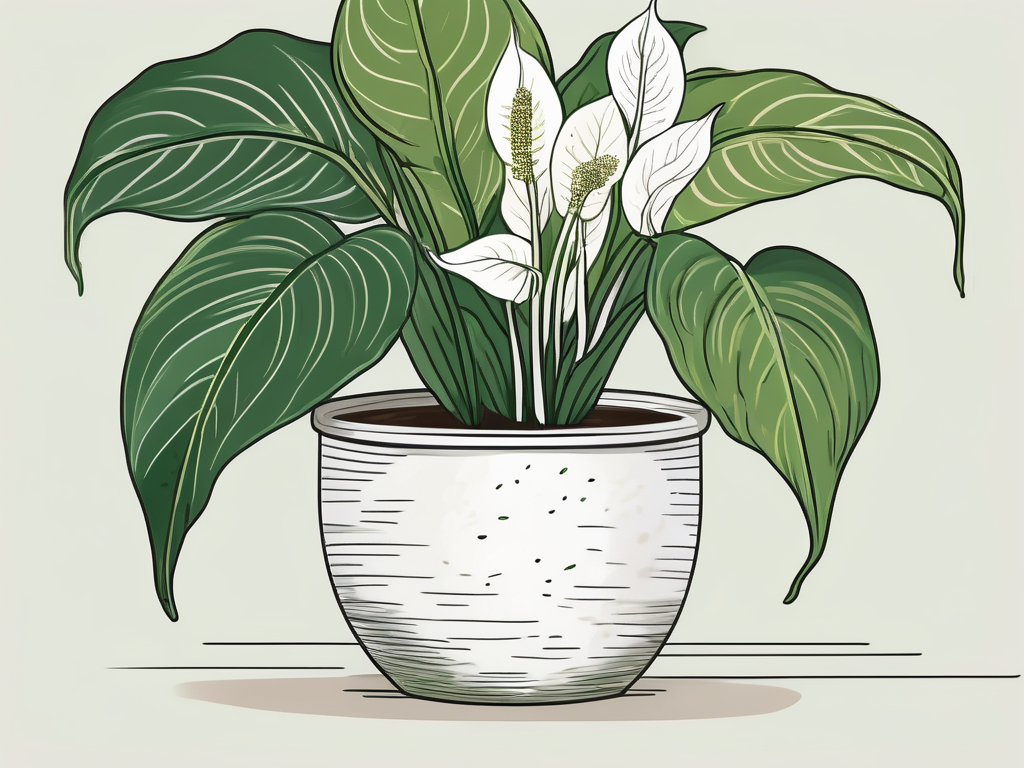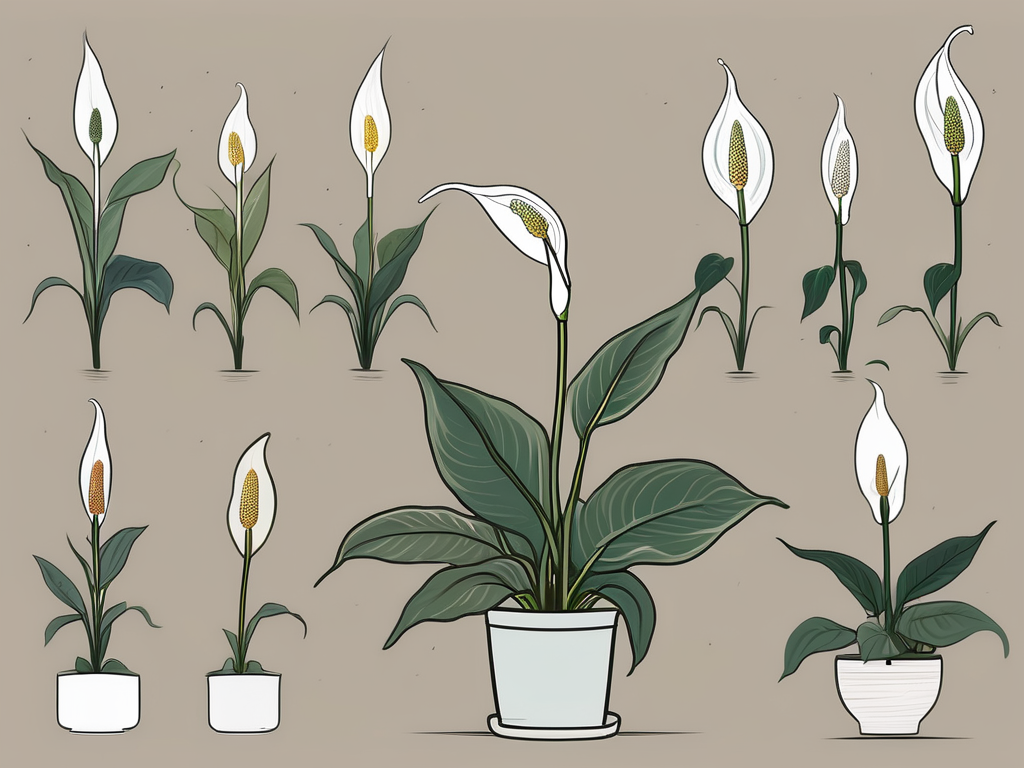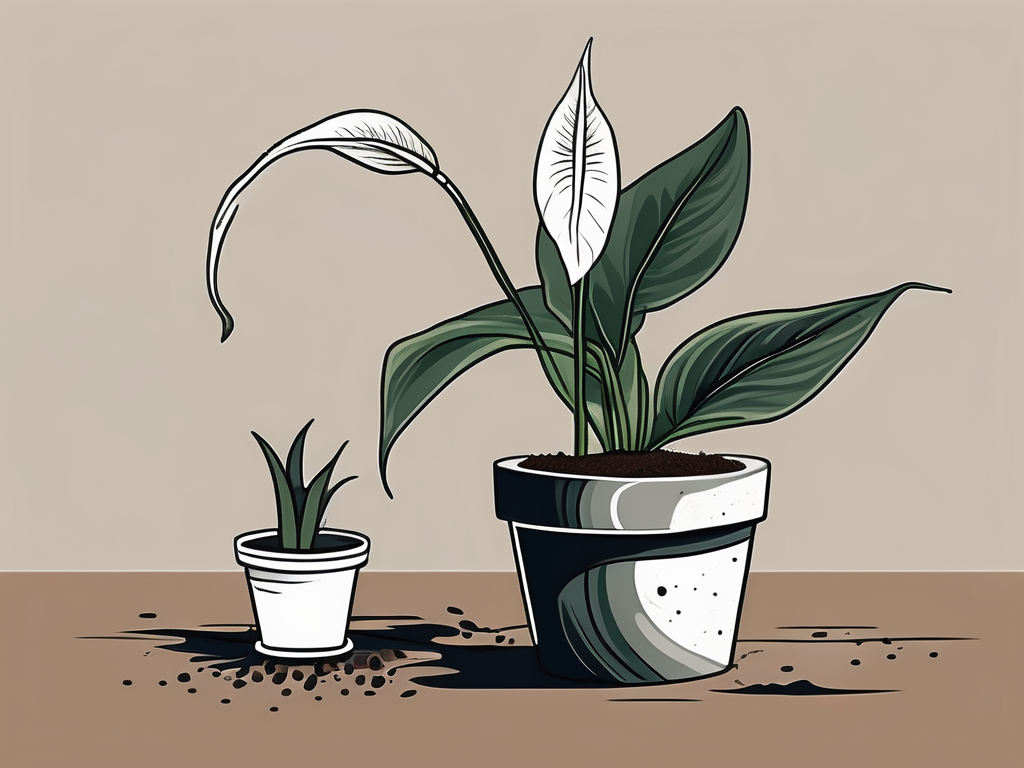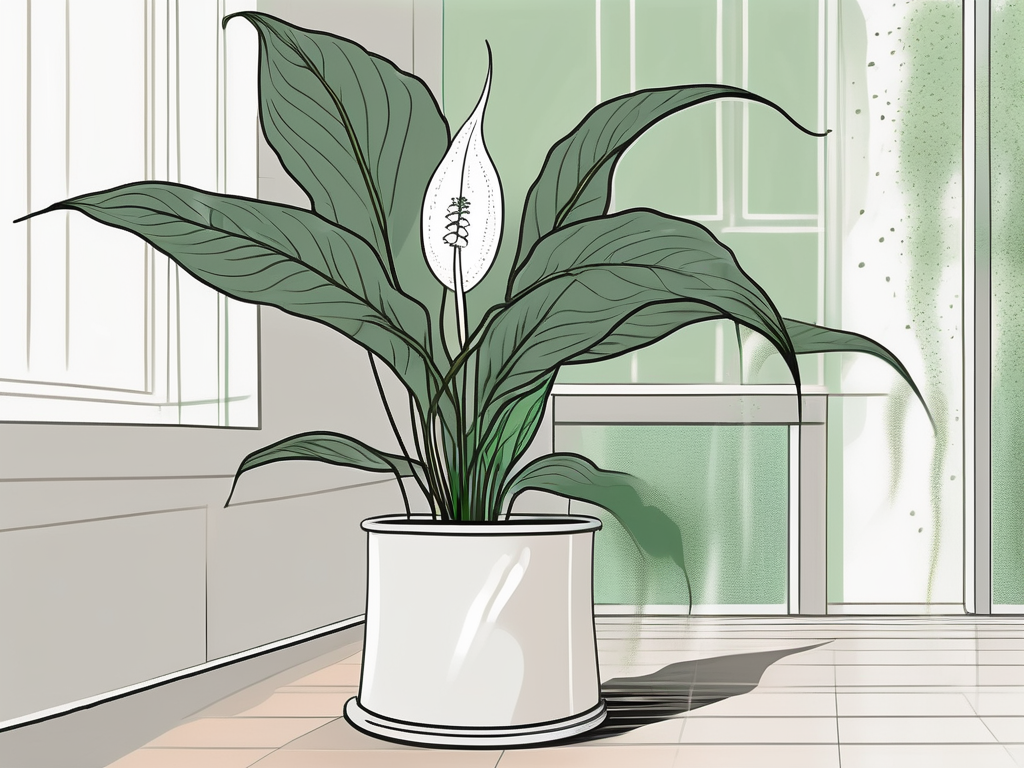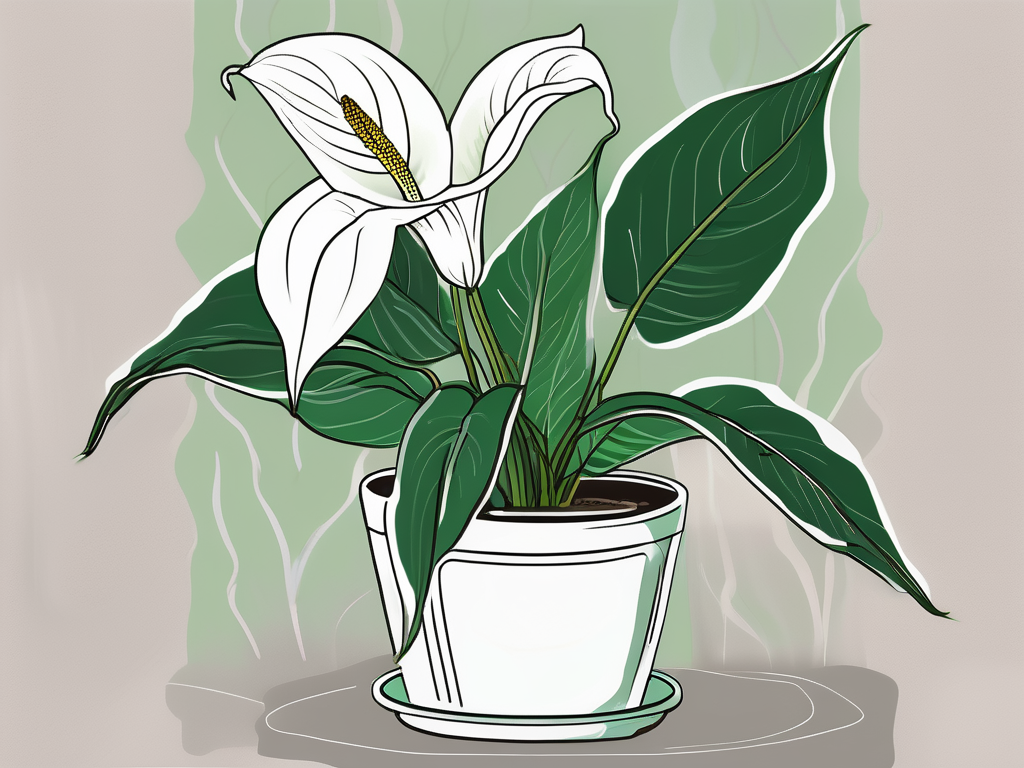
Have you ever admired the serene beauty of a peace lily and thought about growing one from seed? It's not as common as picking up a potted plant from your local nursery, but nurturing a peace lily from seed can be a rewarding experience. While it requires some patience and care, the joy of seeing your plant grow from a tiny seedling to a flourishing plant is unmatched.
This article will guide you through the process of growing peace lily seeds, from choosing the right seeds and preparing the perfect soil mix, to understanding their light and water needs. Whether you're a seasoned plant parent or a curious beginner, you'll find helpful tips and insights to support your journey.
Understanding Peace Lily Seeds
First things first, let's talk about the seeds themselves. Peace lilies, known scientifically as Spathiphyllum, are usually propagated through division rather than seed. This means that seeds aren't as readily available as those for some other houseplants. However, this doesn't mean they're impossible to find. You might spot them through specialized plant stores or online marketplaces.
When buying peace lily seeds, ensure they come from a reputable source. Look for sellers with positive reviews or recommendations from fellow plant lovers. Freshness is key, as older seeds may not germinate as well. If you're lucky enough to have a flowering peace lily, you might even be able to harvest seeds yourself. This involves waiting for the plant to produce berries after flowering and then carefully extracting the seeds.
Once you have your seeds, store them in a cool, dry place until you're ready to plant. Proper storage helps maintain seed viability, increasing your chances of successful germination.
Preparing the Right Soil Mix
Peace lilies aren't picky, but they do have preferences when it comes to soil. For seed starting, you'll want a light, well-draining mix that can retain some moisture without becoming waterlogged. A standard seed-starting mix, which you can find at most garden centers, usually works well.
If you're feeling adventurous and want to create your own mix, here's a simple recipe:
- 1 part peat moss or coco coir
- 1 part perlite or coarse sand
- 1 part potting soil
This combination will give your peace lily seeds a good balance of drainage and moisture retention. Before planting, moisten the soil mix slightly, but be careful not to soak it. You want the soil to be damp, like a wrung-out sponge, to support the delicate seeds as they germinate.
Planting Peace Lily Seeds
Now, onto the planting process. Fill a shallow tray or small pots with your prepared soil mix. Gently press a seed into the surface, covering it lightly with soil. Peace lily seeds don't need to be buried too deep; about 1/4 inch of soil is sufficient.
After planting, mist the soil with water to keep it moist. It's crucial to maintain consistent moisture levels during the germination phase, but overwatering can lead to rot. Consider using a plastic dome or a clear plastic wrap to create a mini greenhouse effect, which helps retain moisture and warmth.
Place your seeds in a warm location. A temperature around 70-75°F (21-24°C) is ideal for germination. If you're starting seeds in a cooler climate, a heat mat can be a great investment to provide consistent warmth. With the right conditions, you should see little sprouts emerging in about 4 to 6 weeks.
Light and Water Requirements
Once your seeds have germinated and seedlings start to appear, it's time to focus on their light and water needs. Peace lilies prefer bright, indirect light. Direct sunlight can be too harsh and may scorch the delicate leaves. If natural light is limited, consider using a grow light to give your seedlings the energy they need.
Watering is a bit of a balancing act. Peace lilies like their soil to be consistently moist but never soggy. As a rule of thumb, wait until the top inch of soil feels dry before watering again. It's better to underwater than overwater, as peace lilies are relatively forgiving of a missed watering here and there.
Pay attention to the leaves of your seedlings. If they start to droop, it might be a sign they're thirsty. On the other hand, yellow leaves can indicate overwatering. Adjust your watering schedule accordingly to keep your peace lilies happy.
Transplanting Seedlings
Once your seedlings have developed a few sets of true leaves and are sturdy enough to handle, it's time to think about transplanting them into larger pots. Choose a pot with good drainage holes, as peace lilies don't like sitting in water.
When transplanting, be gentle with the roots. Loosen the soil around the seedling and lift it out carefully, trying not to disturb the roots too much. Plant each seedling in its own pot, using the same soil mix you started with. Water the transplanted seedlings thoroughly to help them settle into their new homes.
After transplanting, place the pots in a spot with bright, indirect light. Continue monitoring the moisture levels, and adjust your watering schedule as the plants grow. With proper care, your peace lilies will soon become lush and vibrant additions to your home.
Feeding Your Peace Lilies
Peace lilies don't require a lot of fertilization, but they do appreciate a little boost now and then. Once your seedlings have established themselves in their new pots, you can start feeding them with a diluted houseplant fertilizer.
During the growing season, typically spring and summer, feed your peace lilies every 6 to 8 weeks with a balanced, water-soluble fertilizer. Be sure to dilute it to half the recommended strength to avoid over-fertilizing, which can lead to burnt leaves and other issues.
In the cooler months, peace lilies enter a dormant phase and won't need as much food. You can reduce feeding to once every few months or stop altogether until growth picks up again in the spring.
Dealing with Common Pests and Problems
Like any houseplant, peace lilies can encounter a few pests and problems along the way. The most common pests include spider mites, aphids, and mealybugs. Regularly inspecting your plants can help you catch infestations early before they cause significant damage.
If you do spot pests, there are a few natural remedies you can try:
- Wipe down leaves with a damp cloth to remove pests physically.
- Spray the plant with a mixture of water and mild soap to suffocate the insects.
- Introduce beneficial insects like ladybugs, which feed on common houseplant pests.
For fungal issues, ensure your peace lilies have good air circulation and avoid overhead watering, which can promote leaf mold and root rot. If you see signs of fungal disease, remove affected leaves and treat the plant with a fungicide if necessary.
Designing with Peace Lilies in Your Home
Now that you have your peace lilies thriving, it's time to think about how to incorporate them into your home decor. Peace lilies are versatile plants that can fit into various interior design styles, from minimalistic to bohemian.
Their elegant white blooms and lush green foliage make them perfect for brightening up any room. Here are a few ideas for showcasing your peace lilies:
- Place them on a coffee table as a centerpiece.
- Use them to fill an empty corner with greenery.
- Pair them with other houseplants for a layered look.
- Display them on a shelf or plant stand to create visual interest.
Peace lilies also thrive in low-light areas, making them an excellent choice for rooms with limited natural light. Their air-purifying qualities are an added bonus, helping you create a healthier indoor environment.
Tips for Long-term Peace Lily Health
To keep your peace lilies healthy in the long run, it's essential to monitor their environment and adjust care as needed. Here are a few tips for maintaining your plants over time:
- Repot your peace lilies every couple of years to refresh the soil and give the roots more space to grow.
- Keep an eye out for signs of stress, such as yellowing leaves or wilting, and address any issues promptly.
- Provide consistent care, but be flexible and willing to adapt to your plant's changing needs.
Remember, plants are living beings with their own rhythms and cycles. By staying attentive and responsive, you can enjoy the beauty and companionship of your peace lilies for years to come.
Final Thoughts
Growing peace lilies from seed is a rewarding journey that connects you with nature in a unique way. From selecting seeds to nurturing seedlings, each step offers a chance to learn and appreciate the intricacies of plant care. With patience and dedication, you can enjoy the tranquil beauty of peace lilies gracing your home.
At Cafe Planta, we love sharing our passion for plants. Whether you're looking for new additions to your collection or need advice on plant care, we're here to help. Feel free to email us or send a message on Instagram. Let's grow together and create beautiful, thriving spaces with our leafy friends!














